
Let’s talk about how to keep your clarinet mouthpiece clean and shiny like a new penny!
We all know that gunk, limescale, and other yucky stuff can accumulate on your mouthpiece and mess with your sound. So, it’s important to know how to clean clarinet mouthpiece properly.
Don’t worry.
I’ve provided you with a step-by-step guide with fun tips and precautions. Following these simple steps will keep your clarinet in tip-top shape and sounding amazing!
Let’s get started!
Importance of Cleaning the Clarinet Mouthpiece
Cleaning the clarinet mouthpiece is essential for maintaining optimal performance and prolonging the instrument’s lifespan.
Regular cleaning removes built-up residue, bacteria, and impurities that can affect the sound quality and playability of the clarinet.
Here are a few key reasons why cleaning the mouthpiece of your clarinet is important:
Regular cleaning eliminates bacteria, germs, and other contaminants accumulating on the mouthpiece while playing.
This ensures a clean and safe playing experience and prevents the spread of illnesses.
A clean mouthpiece produces a better sound.
Accumulated dirt, grime, and residue can affect the sound’s tone, quality, and projection. Cleaning the mouthpiece restores its original clarity and helps maintain consistent sound production.
Proper maintenance and cleaning can extend the lifespan of the mouthpiece.
Removing debris and buildup prevents potential damage to the material, such as warping or cracking. Regular cleaning also reduces the need for costly repairs or replacements.
A clean mouthpiece ensures smooth and effortless playing.
Built-up residue can cause sticking or slipping of the reed, affecting the instrument’s responsiveness and overall playability.
Cleaning the mouthpiece eliminates these issues, allowing for more precise control and articulation.

Benefits of Regular Cleaning and Maintenance

- Improved Sound Quality: Regular cleaning removes built-up residue and bacteria, ensuring optimal airflow and sound production.
- Hygiene and Health: Regular cleaning eliminates the growth of harmful bacteria, preventing potential health issues and maintaining hygiene standards. Otherwise your beautiful mouthpiece can become a breeding ground!
- Extended Lifespan: Proper cleaning and maintenance prevent damage caused by residue buildup, which can lead to costly repairs or the need for a replacement mouthpiece.
- Increased Playability: A clean mouthpiece ensures smooth and effortless playing, allowing for better control and articulation.
- Prevention of Damage: Regular cleaning helps identify and address any issues, such as cracks or discoloration, preventing further damage to the mouthpiece or the instrument.
- Consistency in Tone and Intonation: A clean mouthpiece promotes consistent tone and pitch, minimizing variations in sound and intonation.
Steps on Cleaning a Clarinet Mouthpiece

Here are the simple steps to clean a clarinet mouthpiece:
Remove the mouthpiece from the clarinet and inspect it for any visible dirt or debris.
Run warm water over the mouthpiece to remove any loose dirt or debris.
Fill a small bowl or cup with warm water and add a small amount of mild dish soap.
Place the mouthpiece in soapy water and use a soft-bristled brush to scrub the inside and outside of the mouthpiece gently.
Rinse the mouthpiece thoroughly with warm water to remove any soap residue.
Soak the mouthpiece in a water solution and isopropyl alcohol for a few minutes to disinfect it.
Rinse the mouthpiece with clean water and dry it on a clean towel.
Once the mouthpiece is completely dry, store it in a clean, dry place until you are ready to use it again.
Proper Storage Techniques to Avoid Damage
Properly storing your mouthpiece is crucial to avoid damage and maintain its quality. Here are some tips for storing your mouthpiece:
Use a mouthpiece cap
This small protective cover fits over the mouthpiece.
It helps shield the facing and ligature from damage and prevents accidental chipping or scratching.
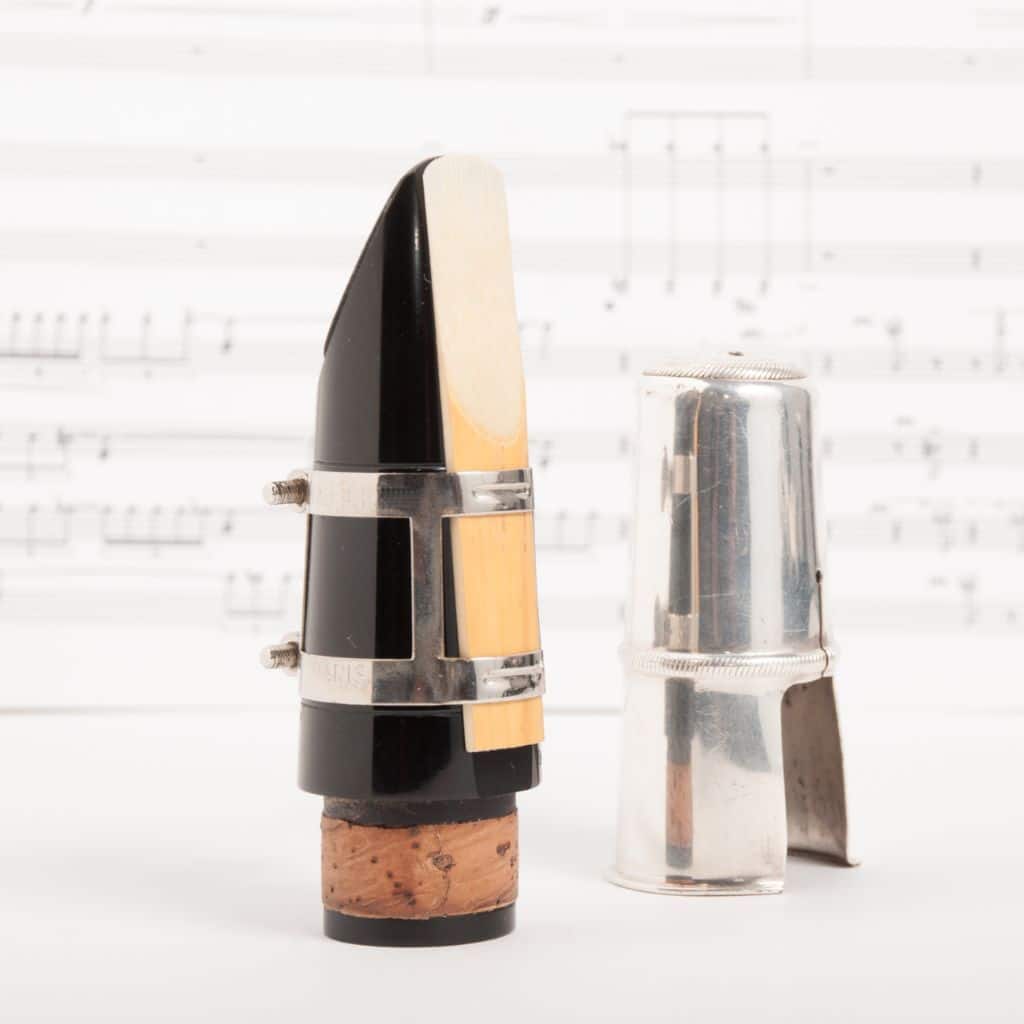
Store in a clean, dry case
Store your mouthpiece in a dedicated compartment of your clarinet case.
Ensure the case is clean and dry to prevent moisture buildup and the growth of harmful bacteria.
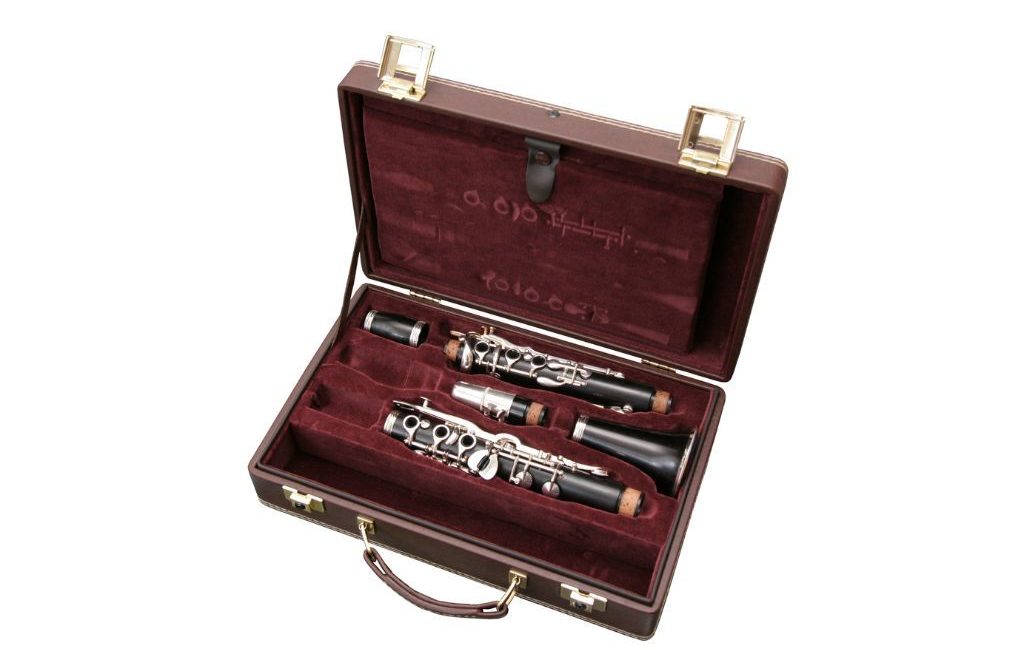
Avoid extreme temperatures
Do not expose your mouthpiece to extreme heat or cold, as this can cause warping or cracking.
Keep it away from direct sunlight and heaters.

Keep away from sharp objects
Avoid storing your mouthpiece near sharp objects that could accidentally scratch or damage it, such as keys or other metal objects.
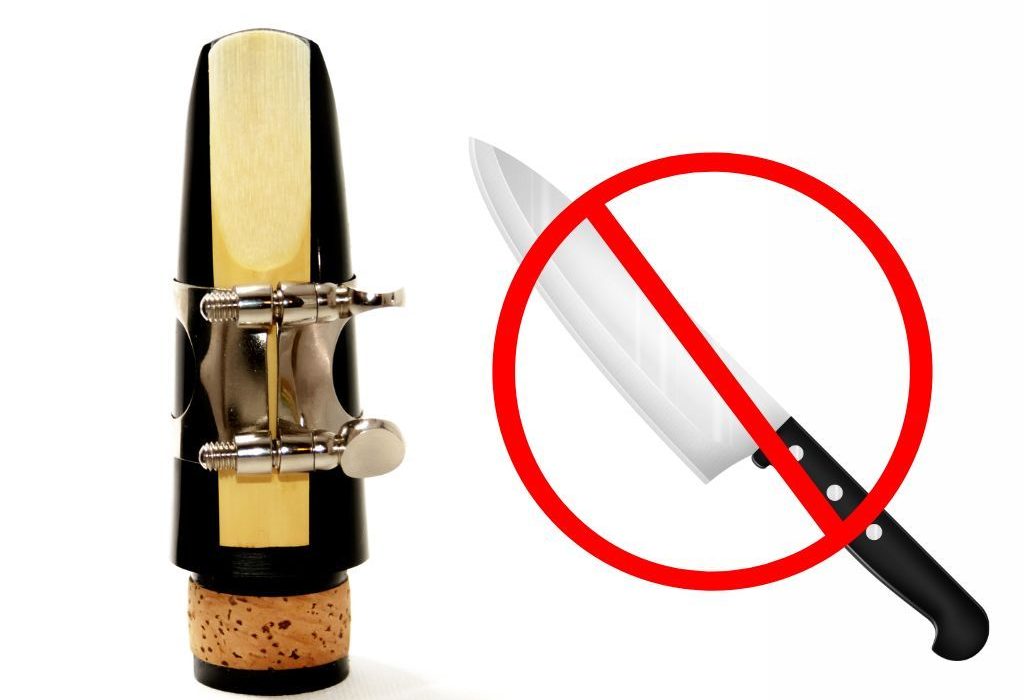
Store separately from reeds
It’s best to store your mouthpiece separately from your reeds to prevent any moisture transfer or damage.
Use a reed case or holder to keep your reeds organized.

Alternative Cleaning Techniques
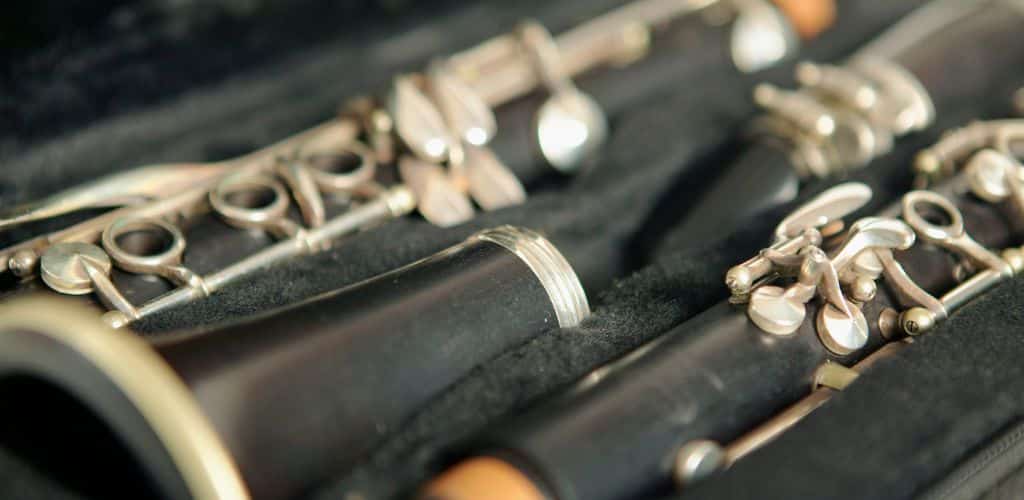
Several alternative cleaning techniques can be used to clean a mouthpiece, depending on personal preference and the level of cleanliness desired. Some of these techniques include:
Using mouthpiece cleaning brushes
These specialized brushes are designed to reach all areas of the metal mouthpiece, including the shank and the facing.
They can be used with warm soapy water or a specially formulated mouthpiece cleaner to remove dirt and residue effectively.
Using mouthpiece cleaning swabs
Like cleaning brushes, these swabs are made of soft and absorbent materials that can be inserted into the mouthpiece to remove moisture and debris.
They are particularly useful for drying the plastic interior of the mouthpiece after cleaning.
Using mouthpiece cleaning sprays
Various cleaning sprays are available on the market specifically designed for cleaning clarinet mouthpieces.
These sprays can be sprayed directly onto the mouthpiece and gently rub it with a clean, soft cloth, microfibre cloth or paper towel.
Soaking the mouthpiece in a mouthpiece cleaning solution
Some clarinet players prefer to soak their mouthpieces in a cleaning solution to remove stubborn stains or residue.
This can be done by filling a small container with the solution, immersing the mouthpiece for a designated time, and then rinsing it with a small cup of warm water.
Tips for Preventing Damage During the Cleaning Process
When cleaning your mouthpiece, taking certain precautions is important to avoid damaging it. Here are some tips to prevent damage during the cleaning process:

Handle the mouthpiece carefully and avoid applying excessive force or pressure when cleaning.
This will help prevent any accidental damage to the delicate materials.
Stick to mild soapy water or specialized cleaning solutions specifically for clarinet mouthpieces.
Harsh chemicals can erode the material or cause discoloration.
Use soft cloths or brushes (like a used soft toothbrush) to clean the mouthpiece.
Avoid using abrasive materials that can scratch or damage the surface.
Regular cleaning is important to prevent grime and bacteria buildup.
Cleaning the mouthpiece after each use can maintain its cleanliness and prolong its lifespan.
Clarinet Maintenance Care Kit by Gear4music
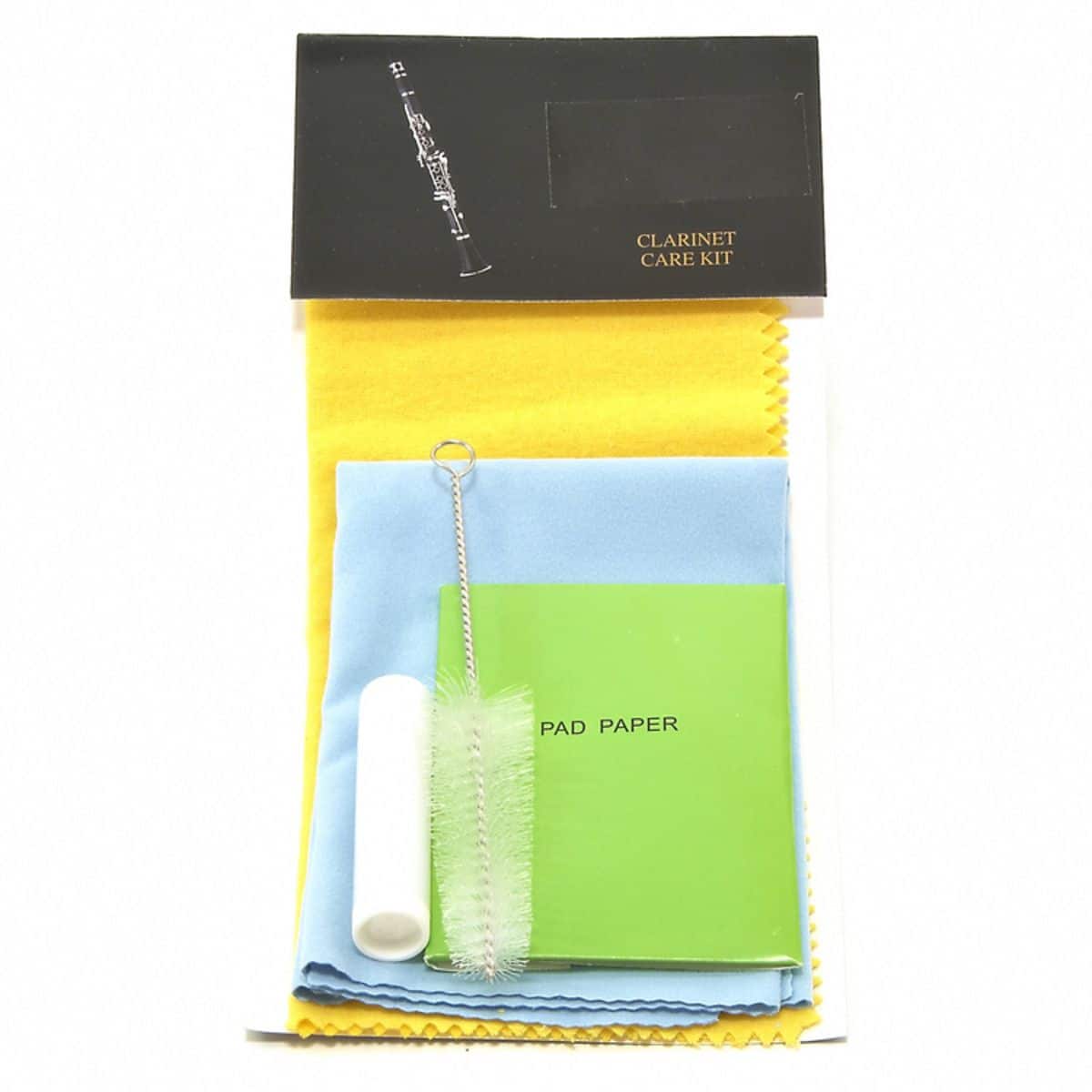
FEATURES: Includes a microfiber cleaning cloth, a mouthpiece brush, a cork grease stick, and a reed holder
OTHER INFO: Compact and durable case - makes it easy to store and transport
- Provides all the essential tools needed for clarinet maintenance in one convenient package
- High-quality materials and design ensure that the tools are effective and long-lasting
- None!
When you click ‘Check Price’, you’ll see there are loads of great places to buy this item. Our personal favorite is Sweetwater for the US, and Thomann and Gear4Music for the UK & Europe.
They are the largest music retailers, with excellent customer service, competitive prices, really fast shipping, and the longest guarantees.
The professional musician who wrote this article combined many things,
from the product build, manufacturer’s reputation through to feedback
from other users, to create our famous TedScore™.
How To Clean Clarinet Mouthpiece
A Recap
You know what they say, a clean mouthpiece is a happy mouthpiece!
Seriously though, keeping your mouthpiece clean is important for a few reasons.
First, it helps your sound quality and playability stay at their best. Second, it keeps nasty bacteria and mold from making a home in your mouthpiece. And lastly, it helps your mouthpiece, ligature, and reeds live a long and healthy life.
We hope this post helped you learn how to clean your mouthpiece like a pro. In all my years playing the clarinet, this effective cleaning method kept my instrument in shape!
By following some simple steps and using the right tools, you’ll have a clean and happy mouthpiece in no time!
Wait, there’s more!!!
Check out Our List Of The Best Beginner Clarinet Reeds!
I’ve researched and tested, so you don’t have to. Get ready to start playing like a pro with these great options.
FAQ's
To disinfect, soak it in cold water, white vinegar, and isopropyl alcohol for a few minutes, then rinse it with clean water and let it air dry.
Be sure not to use too much alcohol, which can damage the mouthpiece. Only use a clean soft microfibre cloth, and never an abrasive pad. Some people talk about using a little cooking oil, or even lemon juice – but I’d caution against that. Also, be very careful with hot water, as it can cause damage – especially with an ebonite mouthpiece. Use lukewarm water instead.
My last tip is to buy a baby toothbrush as a non abrasive tool – they are super useful for getting into narrow parts to clean your mouthpiece.



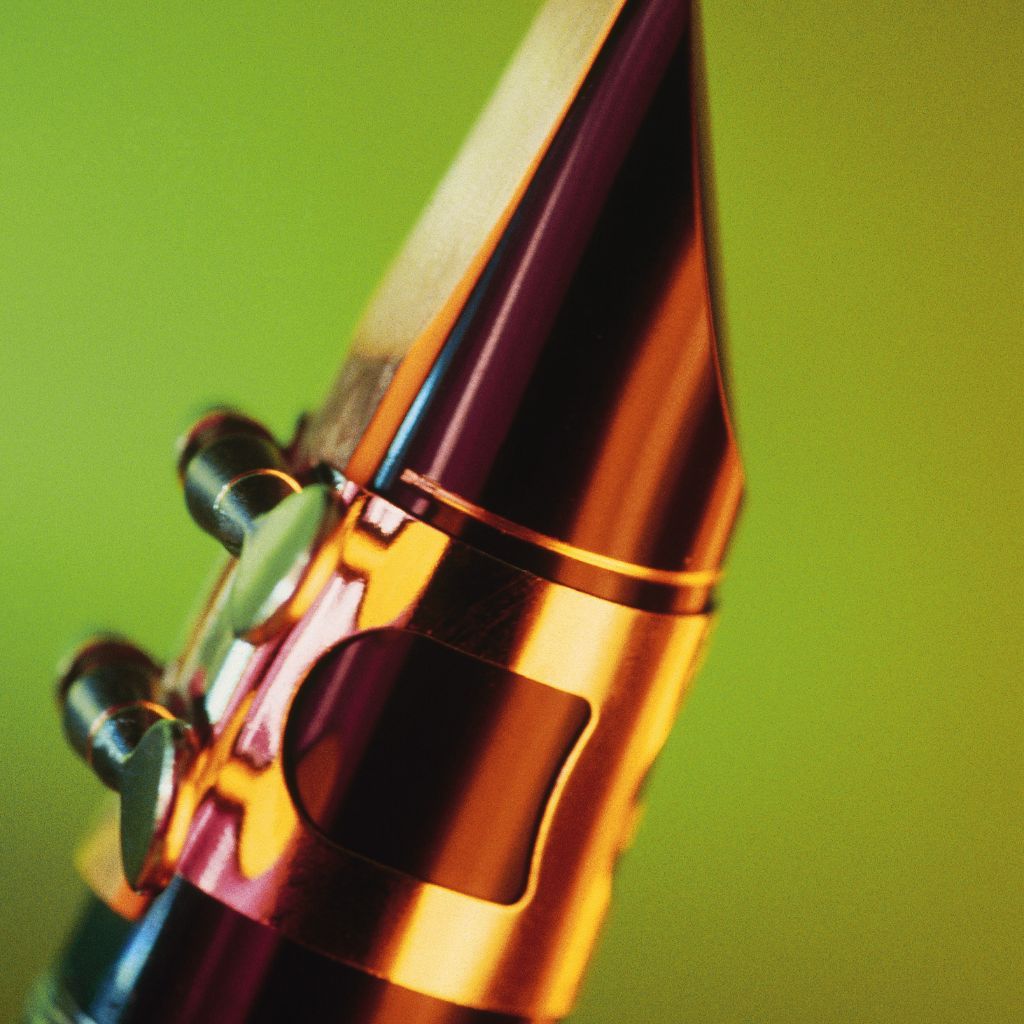
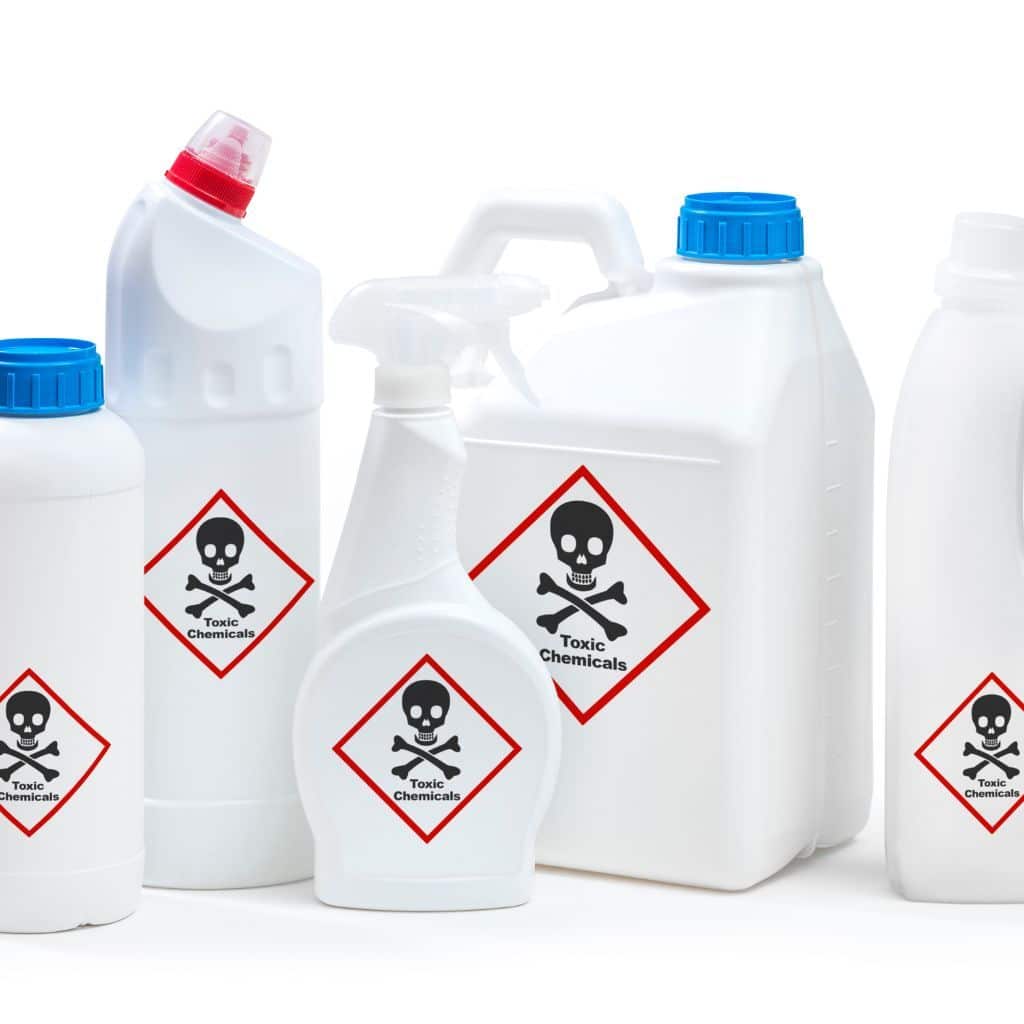
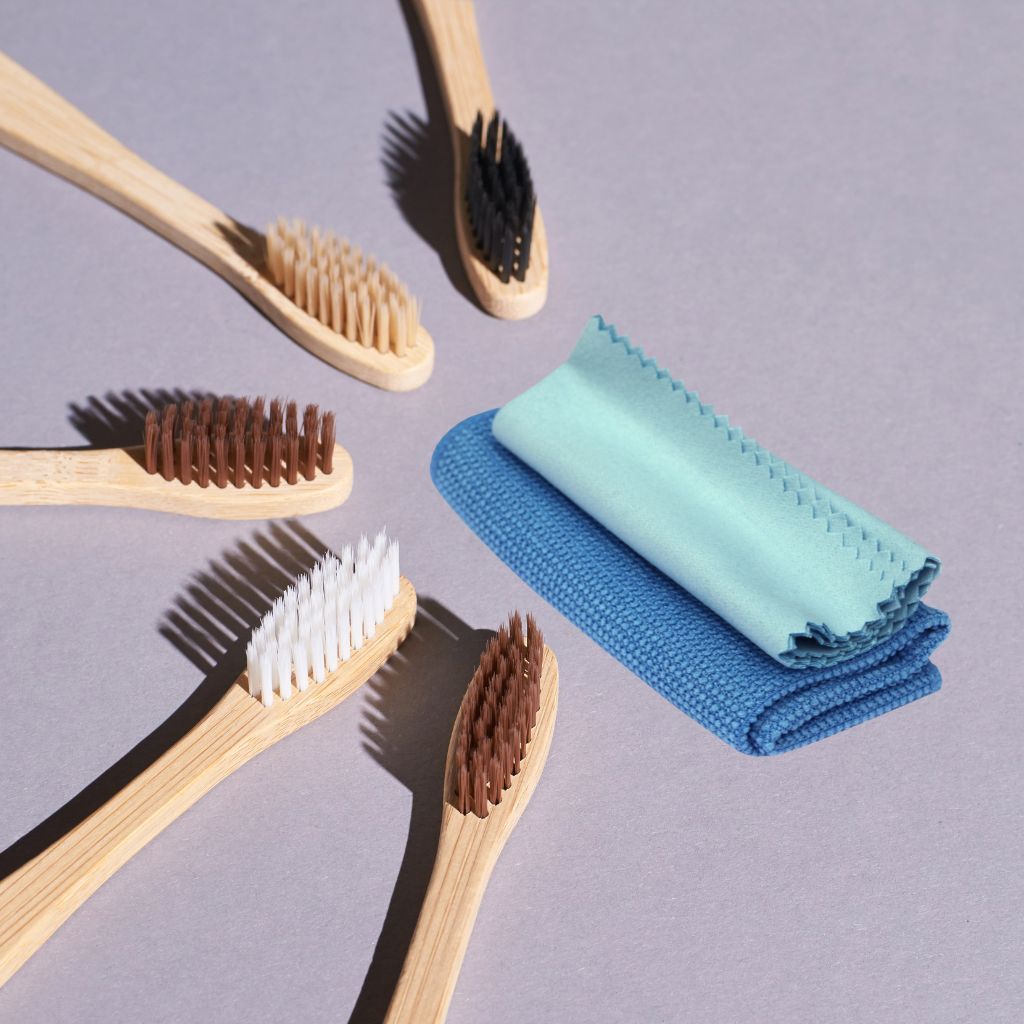
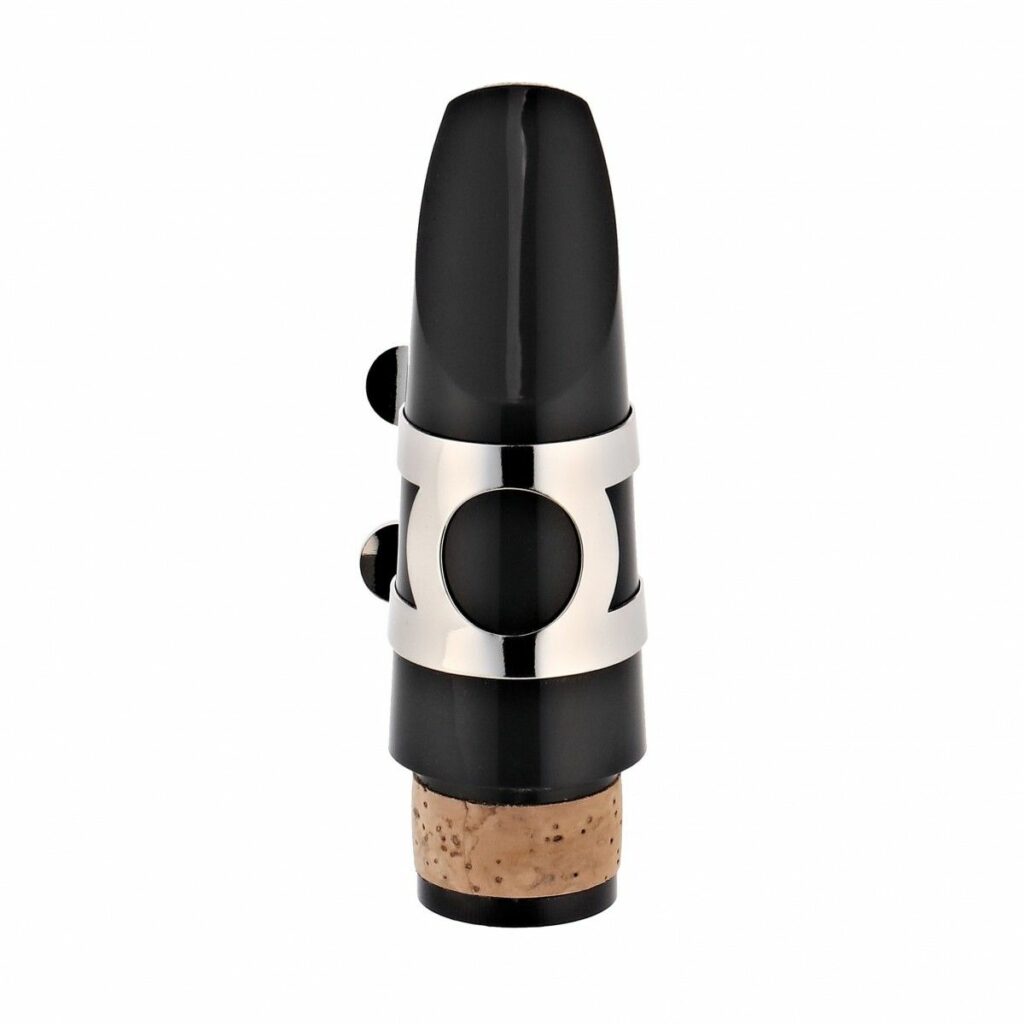









great article. good advice. i like to use white vinegar to clean my mouthpiece. the vinegar removes any white scale on the edges and it disinfects at the same time. I feel that bristle brushes might abraid the interior of the mouthpiece and change the tonality so I like to use Q-tips . soft cotton will not scratch the interior or exterior and can get into all the nooks and crannies. when Im done applying the white vinegar with the Q-tip inside and out. I let it sit for a mi ute or two then rinse with warm water and pat dry. seems to be working well for years …
If only cleaning my room was as easy as cleaning my clarinet lol
While I appreciate the exhaustive list, I must raise a point regarding the use of mouthpiece cleaning brushes. If not used correctly, these can actually scratch the interior of the mouthpiece, affecting the instrument’s sound over time. It might be beneficial for beginners to have a professional show them the correct technique first. Does anyone else have thoughts on this?
just started learning the clarinet and this guide is a lifesaver! wasn’t sure how to clean it without damaging something. TY Lucy you’re a star 🙂
Anyone tried those mouthpiece cleaning sprays? Do they work as good as the manual cleaning? Looking for some quick fixes here. Cheers.
Yeah, they’re not bad for a quick clean, but don’t skip the deep cleaning session now and then. Keeps the tone crisp.